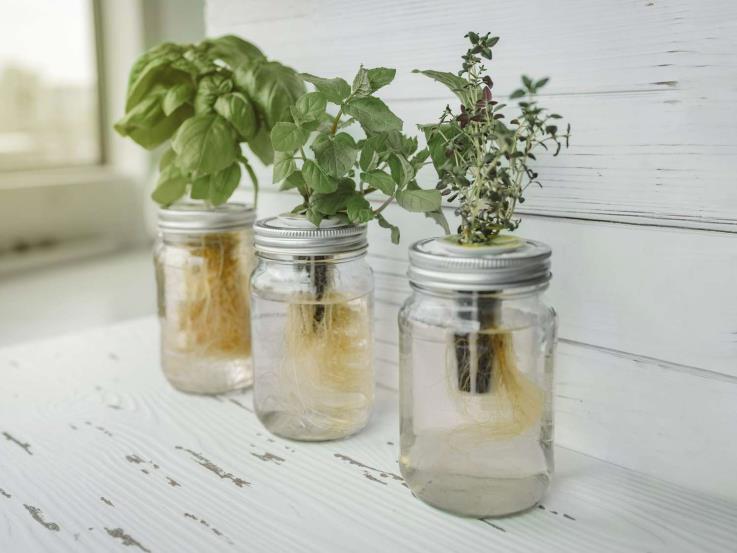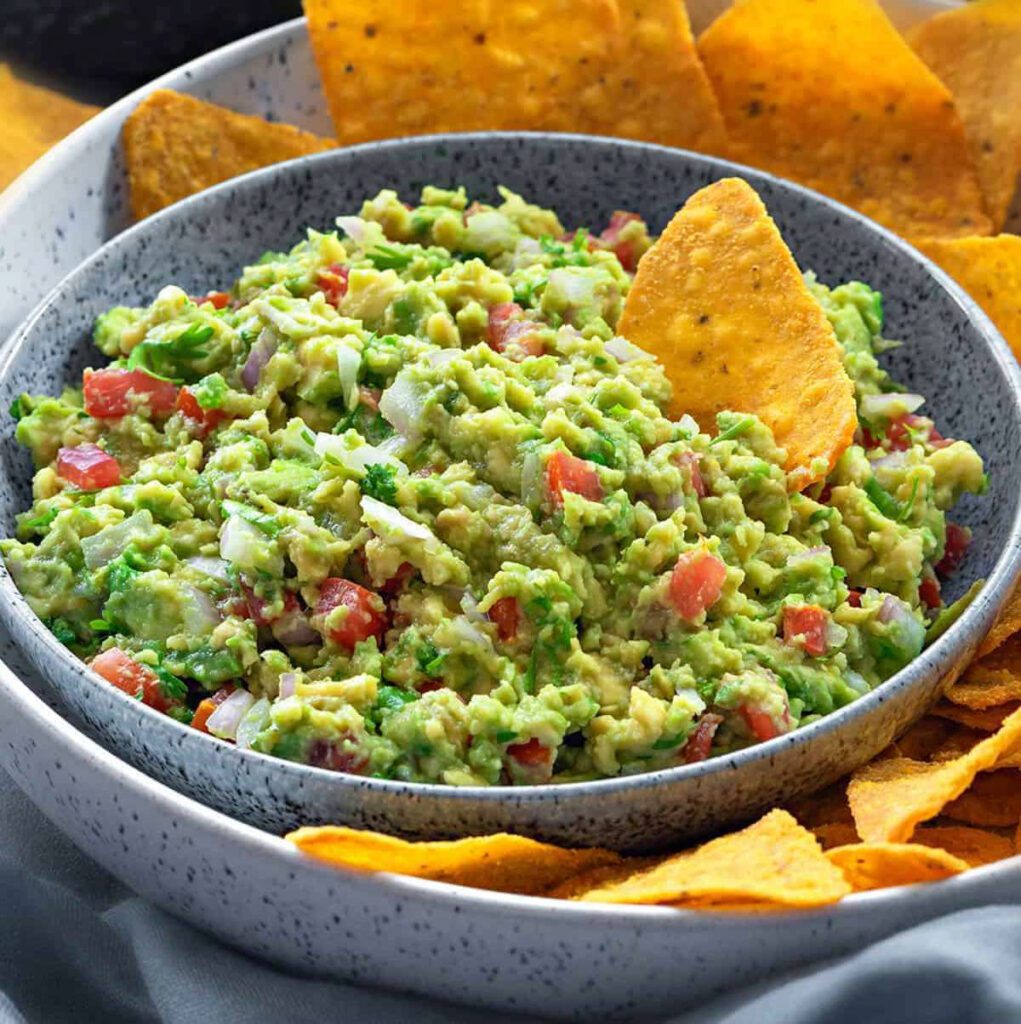Ages: PreK
Hello everyone. This is Bill from the Okanagan Regional Library System. Welcome to the fun and
inventive world of making STEAM projects in your own home. Each month, I will share a fun
and interesting project that you can make using materials commonly found in your own home.
This month’s project: Hot Chocolate Surprise
Hot Chocolate Surprise

Hot Chocolate Surprise is a science experiment that can be used to show a variety of scientific
principles: chemical reactions, properties of matter, scientific process, making observations,
and recording results.
This is a very simple experiment, which makes it ideal for young learners. It requires a minimal
amount of inexpensive materials, but gives you a maximum wow factor.
Materials Needed:
1 package of hot chocolate mix
¼ cup baking soda
vinegar
clear glass or plastic cup
measuring cups
observation sheet (optional)

Time: Approximately 30 minutes
Steps:
- Open the hot chocolate packet and empty the contents into the clear glass or plastic
cup. Add the baking soda and mix the two together. - Slowly pour some vinegar into the glass.

- Observe. What do you see happening? (Because of the extra ingredients in the hot
chocolate packet, the chemical reaction you see may be slower that a traditional vinegar
and baking soda experiment)

4. Record your observations.
Read World Science: Hot Chocolate Surprise
In this experiment, mixing baking soda and vinegar will get you a chemical reaction. The hot
chocolate mix is simply used to make the reaction more evident.
Baking soda and vinegar react chemically because one is a base and the other is an acid. Baking
soda is a basic compound called sodium bicarbonate. Vinegar is a diluted solution that contains
acetic acid.
The baking soda and vinegar reaction is actually two separate reactions. The first reaction is
the acid-base reaction.
When vinegar and baking soda are first mixed together, hydrogen ions in the vinegar react with
the sodium and bicarbonate ions in the baking soda. The result of this initial reaction is two new
chemicals: carbonic acid and sodium acetate.
The second reaction is a decomposition reaction. The carbonic acid formed as a result of the
first reaction immediately begins to decompose into water and carbon dioxide gas.
Just like carbon dioxide bubbles in a carbonated drink, the carbon dioxide (that formed as the
carbonic acid decomposed) rises to the top of the mixture. This creates the bubbles and foam
you see when you mix baking soda and vinegar.
STEAM Concepts:
Measurement
Ratio
Chemical Reactions



